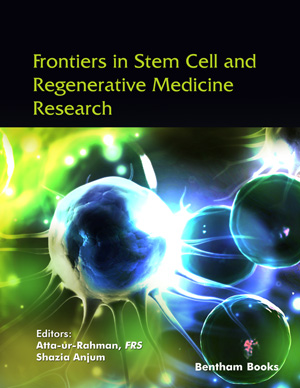Abstract
After the development of a new drug, it is compulsory to test its benefits as
well as toxic effects before human implementation. In the past, animals were being
used as standard models for drug toxicity testing, but animal testing arose many ethical
concerns and controversies. To overcome these ethical hurdles, many non-animal
toxicity models were developed to cope with the drug toxicity analysis, but certain
limitations like interspecies barriers do not make them good models for drug toxicity
studies.-. Due to their self-renewal and capacity to divide into multiple cell lineages,
such as hepatocytes, cardiomyocytes, and neural cells, stem cells are being used to
establish alternative approaches for toxicological studies. This makes them a potential
resource in predictive toxicological studies without the limitations of interspecies
boundaries. In-vitro toxicological models, such as Adult Stem Cells (ASCs),
Embryonic Stem Cells (ESCs), and recently established Induced Pluripotent Stem Cells
(iPSCs) are currently being used as alternatives to animal models. This chapter will
discuss the journey of toxicity studies from animal models to in vitro stem cell-based
toxicity models.
Keywords: Adult Stem Cells, Drug toxicity analysis, Embryonic Stem Cells, Induced Pluripotent Stem Cells, Non-animal methods.






















